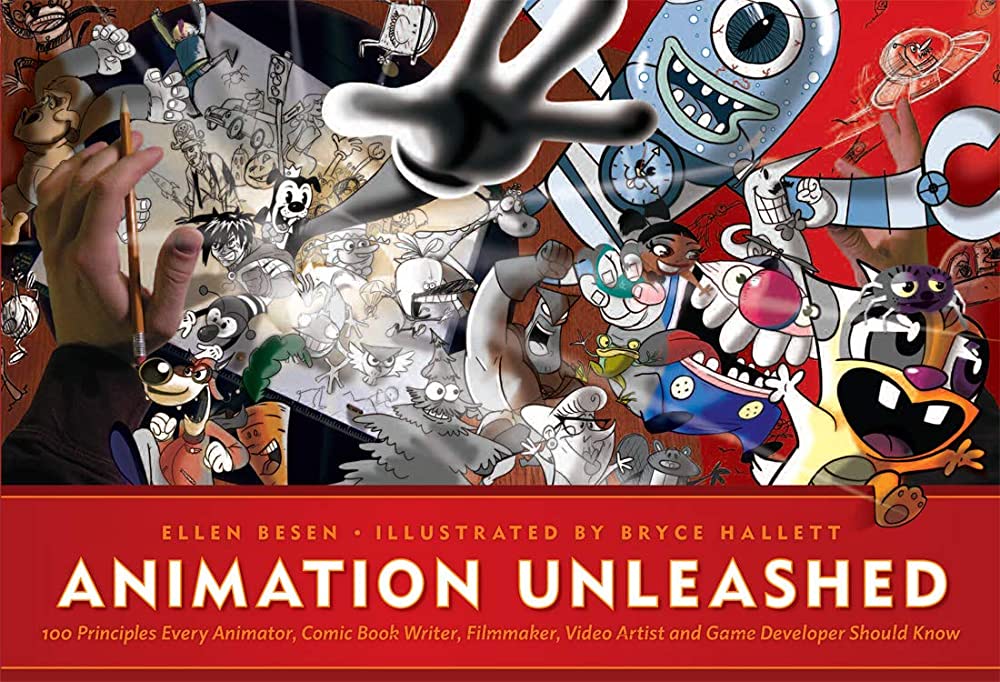The process of creating a video game involves a collaborative effort among various teams with specialty areas, including the art and animation team, which is responsible for bringing the game world to life with visuals and movement. The team first conducts research and conceptualizes the visual style of the game. Assets, including 2D and 3D models of characters and environments, textures, and animations, are then created using modeling and animation software. Rigging and keyframe and procedural animation are done to bring the characters and objects to life, after which the assets and animations are integrated into the game engine.
Unleashing Creativity: The Art and Animation Process in Game Development
Creating a video game is a collaborative process, involving many different teams with various specialties. One such team is the art and animation team, responsible for bringing the game world to life through visuals and movement. In this article, we will explore the art and animation process in game development.
Research and Concept Art
Before any actual art or animation is created, the team will start with research and concept art. This stage includes gathering inspiration from various sources and brainstorming ideas for the game’s visual style. The team will also create concept art, which serves as a visual representation of these ideas. At this stage, the team may also create storyboards or animatics to plan out how the visuals will work in motion.
Creating Assets
Once the visual style has been decided, the team will move on to creating assets. These include 2D and 3D models of characters and environments, textures, and animations. Typically, these assets are created using modeling and animation software, such as Autodesk Maya, 3DS Max, or Blender.
2D Assets
2D assets typically include sprites, background images, and UI elements. Sprites are the 2D graphics that represent characters, objects, and other elements in the game. Background images create the game world’s atmosphere and add depth to the environment. UI elements, such as menus and buttons, are critical for user interaction.
3D Assets
3D assets include character and environment models, as well as textures that give these models depth and detail. Character models are the 3D representations of the game’s characters and are typically rigged for animation. Environment models include everything from buildings and terrain to props like trees and rocks.
Animation
Once the assets are created, the animation process begins. Animations bring characters and objects to life and create a sense of movement and action within the game world.
Rigging
Rigging is the process of creating a digital skeleton for a character model, allowing it to move and animate realistically. This is a crucial step in the animation process and is typically done by specialists within the art and animation team.
Keyframe Animation
Keyframe animation involves setting keyframes at specific points in a character’s animation. This creates a base animation that can be refined and adjusted until it looks and feels realistic. This process can take many hours, depending on the complexity of the animation.
Procedural Animation
Procedural animation involves creating animations through algorithms rather than keyframe animation. This method is often used for complex movements, such as the physics of clothing or hair, or for fluid simulations, such as water or fire.
Integration into the Game
Once the assets and animations are complete, the final step is integration into the game. This involves bringing all of the pieces together and applying them to the game engine. This process is often done by technical artists who work closely with the art and animation team to ensure that everything is working correctly.
Conclusion
As you can see, the art and animation process in game development involves many different steps and requires a high level of skill and collaboration. From research and concept art to the final integration into the game, every stage of the process is crucial to creating a visually stunning and engaging game.
